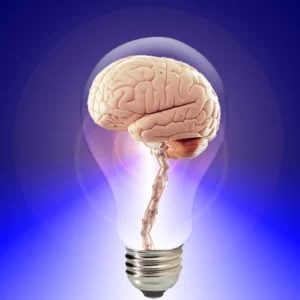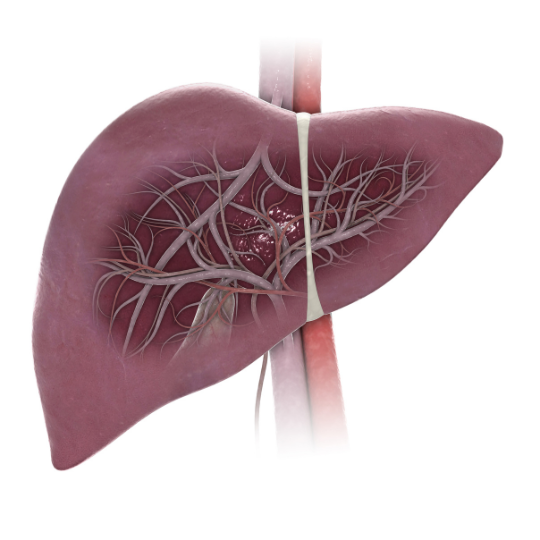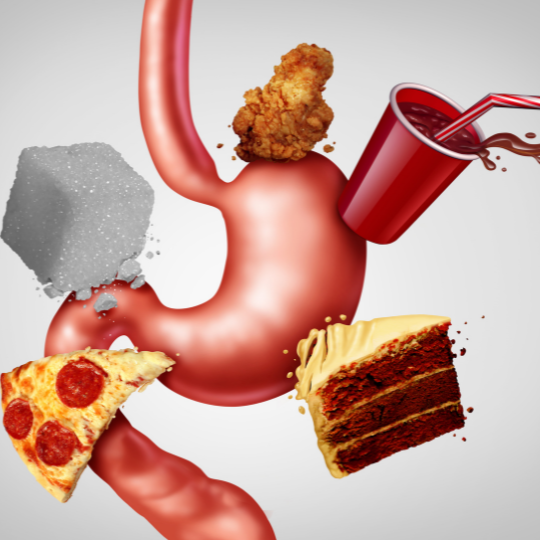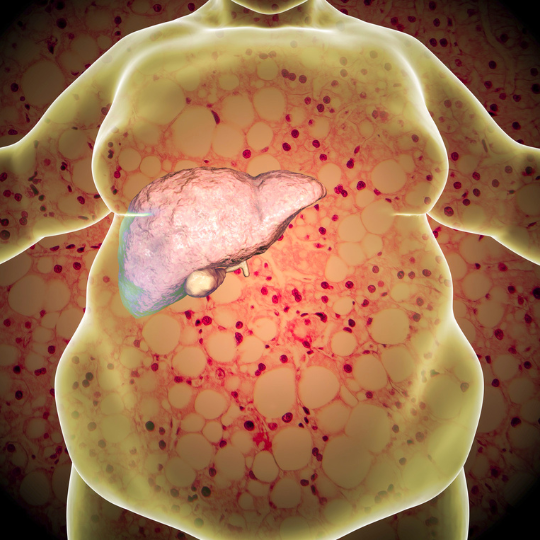ADHD (attention-deficit/hyperactivity disorder) is a mental health condition that is characterized by difficulty paying attention, impulsivity, and in some cases, hyperactivity. It is one of the most common mental disorders in children and adolescents, and it can continue into adulthood. In fact, according to the World Health Organization, ADHD affects around 5% of the global adult population and 10% of children. This correlates well with about 50% of childhood ADHD cases getting resolved with appropriate intervention.
The ADHD brain
One of the main areas of the brain that is believed to be involved in ADHD is the prefrontal cortex, which is located at the front of the brain and plays a key role in controlling behavior and decision-making. In individuals with ADHD, there is often a problem with the circuit connecting the prefrontal cortex to the rest of the brain, which can lead to weak attention and high impulsivity.

The default mode network (DMN) is another part of the brain usually active when cognition is idle. This too is disrupted in ADHD: working memory, or the ability to hold information in mind and manipulate it while performing a task, is also believed to be impaired in individuals with ADHD. This can make it difficult to remember instructions, stay organized, and complete tasks that require sustained attention.
There is also a link between ADHD and dopamine, a neurotransmitter that plays a key role in reward and pleasure. Some research has suggested that individuals with ADHD may have a deficiency in dopamine, which can lead to problems with impulse control and a tendency towards risky or impulsive behaviors. This may also increase the risk of addiction in individuals with ADHD, as they may seek out activities or substances that can boost dopamine levels in an attempt to compensate for the deficiency.
ADHD Genetics
ADHD has a strong genetic component, and research has identified several single nucleotide polymorphisms (SNPs) in key genes that may be related to the development of the disorder. Some of the most notable examples include:
- The DRD4 gene, which is involved in the regulation of dopamine, has been linked to impulsivity and risk-taking behavior in individuals with ADHD. One particular SNP in this gene, known as the 7R allele, has been associated with an increased risk of ADHD

- The SLC6A3 gene, which codes for the dopamine transporter protein, has also been linked to ADHD. Specifically, individuals with a specific SNP in this gene known as the 10R allele may be more likely to develop ADHD
- The MAOA gene, which is involved in the metabolism of neurotransmitters such as serotonin and dopamine, has also been implicated in ADHD. One particular SNP in this gene, known as the 3R allele, has been associated with an increased risk of developing the disorder.
Fixing ADHD
So, what can be done to address these genetic predispositions? There are a number of science-backed behavioral tools that may be helpful in managing the symptoms of ADHD, you know the drill already:
- Light therapy: some research has suggested that exposure to bright light may help improve symptoms of ADHD, particularly in individuals with seasonal affective disorder (SAD)
- Temperature regulation: cold exposure has been reported to increase baseline dopamine levels for up to 4x for extended periods of time
- Movement: Incorporating physical activity into the daily routine can help improve focus and attention in individuals with ADHD
- Breathing techniques: Some research has suggested that practicing cyclic hyperventilation breathing techniques, also known as tumo or Wim Hof breathing, increases neurotransmitters dopamine and norepinephrine which improve one’s focus.
Another possible way to address this issue is through the concept of gratification postponement, which involves teaching individuals with ADHD to delay gratification in order to achieve a more long-term goal. This can be done through a variety of techniques, such as setting specific goals and rewards for completing tasks, breaking tasks down into smaller, more manageable steps, and teaching strategies for managing impulse control.

In terms of nutrition, there are a few specific foods that may be particularly helpful in managing the symptoms of ADHD. For example, omega-3 fatty acids, which are found in fatty fish such as salmon and mackerel, may help improve focus and attention in individuals with ADHD. Similarly, increasing intake of iron-rich foods such as lean red meat, poultry, and beans may also be helpful, as low iron levels have been linked to symptoms of ADHD.
So, that’s a quick overview of ADHD! It’s a complex condition that can have a significant impact on individuals and their families, but with proper diagnosis and treatment, it is possible to manage the symptoms and lead a fulfilling life, by harnessing neuronal energy in the right direction. If you have any more questions about ADHD or other mental health conditions, don’t hesitate to ask! We’re here to untangle the overlooked health intricacies for you.














